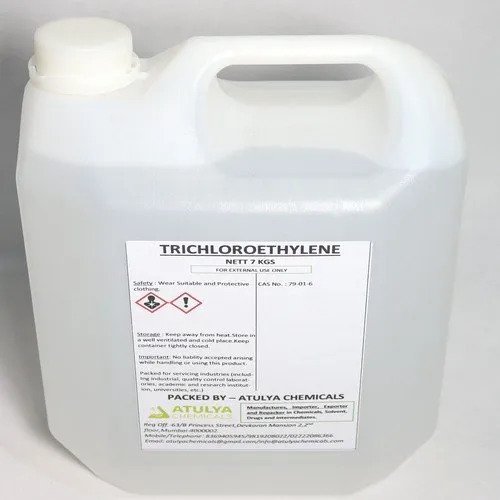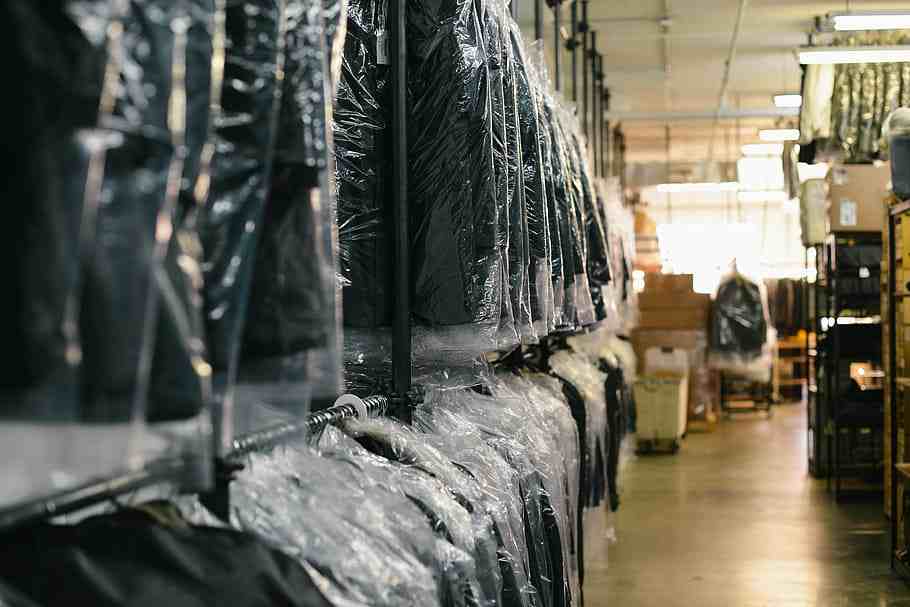Life & Health
1679902102.jpg)
For the past 100 years, trichloroethylene (TCE) has been used to decaffeinate coffee, degrease metal, and dry clean clothes. It contaminates the Marine Corps base Camp Lejeune, 15 toxic Superfund sites in Silicon Valley, and up to one-third of groundwater in the US.
TCE causes cancer, is linked to miscarriages and congenital heart disease, and is associated with a 500% increased risk of Parkinson’s disease.
In a hypothesis paper in the Journal of Parkinson’s Disease, researchers, including University of Rochester Medical Center neurologists Ray Dorsey, Ruth Schneider, and Karl Kieburtz, postulate that TCE may be an invisible cause of Parkinson’s. They detail the widespread use of the chemical, the evidence linking the toxicant to Parkinson’s, and profile seven individuals, including a former NBA basketball player , a Navy captain, and a late US Senator, who developed Parkinson’s disease either after likely working with the chemical or being exposed to it in the environment.
Massive TCE contamination

TCE was a widely used solvent used in a number of industrial, consumer, military, and medical applications, including to remove paint, correct typewriting mistakes, clean engines, and anesthetize patients.
Its use in the US peaked in the 1970s, when more than 600 million pounds of the chemical—or two pounds per American—were manufactured annually. Some 10 million Americans worked with the chemical or other similar industrial solvents. While domestic use has since fallen, TCE is still used for degreasing metal and spot dry cleaning in the US.
TCE contaminates countless sites across the country. Half of the most toxic Environmental Protection Agency’s (EPA) Superfund sites contain TCE. Fifteen sites are in California’s Silicon Valley where the chemicals were used to clean electronics and computer chips. TCE is found in numerous military bases, including Camp Lejeune in North Carolina.
From the 1950s to the 1980s a million Marines, their families, and civilians that worked or resided at the base were exposed to drinking water levels of TCE and perchloroethylene (PCE), a close chemical cousin, that were up to 280 times above what is considered safe levels.
Soil, water and air
The connection between TCE and Parkinson’s was first hinted at in case studies more than 50 years ago. In the intervening years, research in mice and rats has shown that TCE readily enters the brain and body tissue and at high doses damages the energy-producing parts of cells known as mitochondria. In animal studies, TCE causes selective loss of dopamine-producing nerve cells, a hallmark of Parkinson’s disease in humans.
Individuals who worked directly with TCE have an elevated risk of developing Parkinson’s. However, the authors warn that “millions more encounter the chemical unknowingly through outdoor air, contaminated groundwater, and indoor air pollution.”
The chemical can contaminate soil and groundwater leading to underground rivers, or plumes, that can extend over long distances and migrate over time. One such plume associated with an aerospace company on Long Island, New York, is over four miles long and two miles wide, and has contaminated the drinking water of thousands. Others are found everywhere from Shanghai, China to Newport Beach, California.
Beyond their risks to water, the volatile TCE can readily evaporate and enter people’s homes, schools, and workplaces, often undetected. Today, this vapor intrusion is likely exposing millions who live, learn, and work near former dry cleaning, military, and industrial sites to toxic indoor air. Vapor intrusion was first reported in the 1980s when radon was found to evaporate from soil and enter homes and increase the risk of lung cancer. Today millions of homes are tested for radon, but few are for the cancer-causing TCE.
Personal stories of Parkinson's and TCE
The piece profiles seven individuals where TCE may have contributed to their Parkinson’s disease. While the evidence linking TCE exposure to Parkinson’s disease in these individuals is circumstantial, their stories highlight the challenges of building the case against the chemical. For these individuals, decades have often passed between exposure to TCE and the onset of Parkinson’s symptoms.
The case studies include the professional basketball player Brian Grant, who played for 12 years in the NBA and was diagnosed with Parkinson’s at age 36. Grant was likely exposed to TCE when he was three years old and his father, then a Marine, was stationed at Camp Lejeune. Grant has created a foundation to inspire and support people with the disease.
Amy Lindberg was similarly exposed to the contaminated drinking water at Camp Lejeune while serving as a young Navy captain and would go on to be diagnosed with Parkinson’s disease 30 years later.
The piece details others whose exposure was the result of living close to a contaminated site or working with the chemical, including the late US Senator Johnny Isakson, who stepped down from office after a Parkinson’s diagnosis in 2015. Fifty years earlier, he served in the Georgia Air National Guard, which used TCE to degrease airplanes.
End the use of TCE

The authors note that “for more than a century, TCE has threatened workers, polluted the air we breathe—outside and inside—and contaminated the water we drink. Global use is waxing, not waning.”
The authors propose a series of actions to address the public health threat TCE poses. They note that contaminated sites can be successfully remediated and indoor air exposure can be mitigated by vapor remediation systems similar to those used for radon. However, the US alone is home to thousands of contaminated sites and this process of cleaning and containment must be accelerated.
They argue for more research to better understand how TCE contributes to Parkinson’s and other diseases. TCE levels in groundwater, drinking water, soil, and outdoor and indoor air require closer monitoring and this information needs to be shared with those who live and work near polluted sites.
In addition, the authors call for finally ending the use of these chemicals in the US. PCE is still widely used today in dry cleaning and TCE in vapor degreasing. Two states, Minnesota and New York, have banned TCE, but the federal government has not, despite findings by the EPA as recently as 2022 that the chemicals pose “an unreasonable risk to human health.”
--Futurity

_11zon1681280198.jpg)




